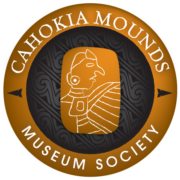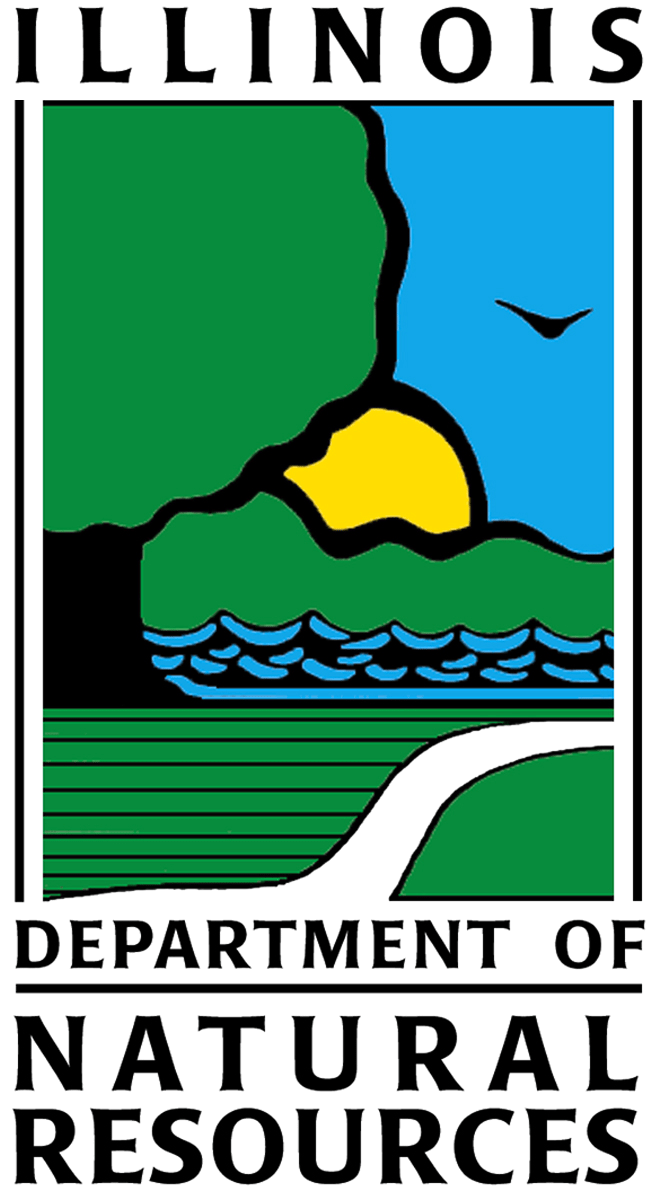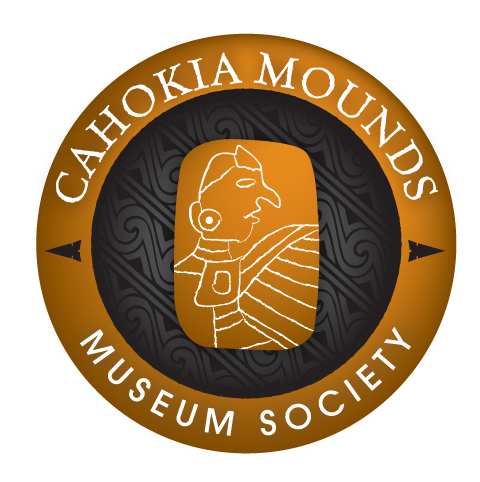Mound 70
This mound is also part of the Rouch mound group located in the southwest corner of the site. It is a very large mound, and Patrick illustrates it as a nearly square, flat-top mound. It is one of the mounds included in Patrick’s cross sections, and he gives a height in 1876 of 40 feet (12.2 meters). Thomas in 1894 gives a height of 45 feet (13.7 meters) and Peterson-McAdams in 1906, 35 feet (10.7 meters). Using the 130-meter (426.5-foot) contour as the base, the 1966 UWM Map shows a height of 9 meters (29.5 feet). Patrick gives a north south dimension of 300 feet (91.4 meters) and an east-west dimension of about 250 feet (76.2 meters). Again with a 130-meter base elevation, the UWM Map shows a north-south dimension of 77 meters (252.6 feet) and an east-west dimension of 75 meters (246.1 feet). The latter map, therefore, is in agreement with Patrick at least in showing the north south dimension as greater than the east-west dimension, although the 1966 dimensions are less than those given by Patrick.
Bushnell (1904) refers to Mound 70 as a “rectangular truncated pyramid.” He apparently based his description on Patrick’s as he gives exactly the same height and dimensions, noting that at the time he was writing the mound was cultivated.
Mound 70 has been intensively cultivated and until recent years a farmhouse and other farm buildings were located on it. The mound was purchased for inclusion in the Cahokia Mounds State Historic Site in the 1970s and the buildings removed. There are no published accounts of excavations in this mound.




